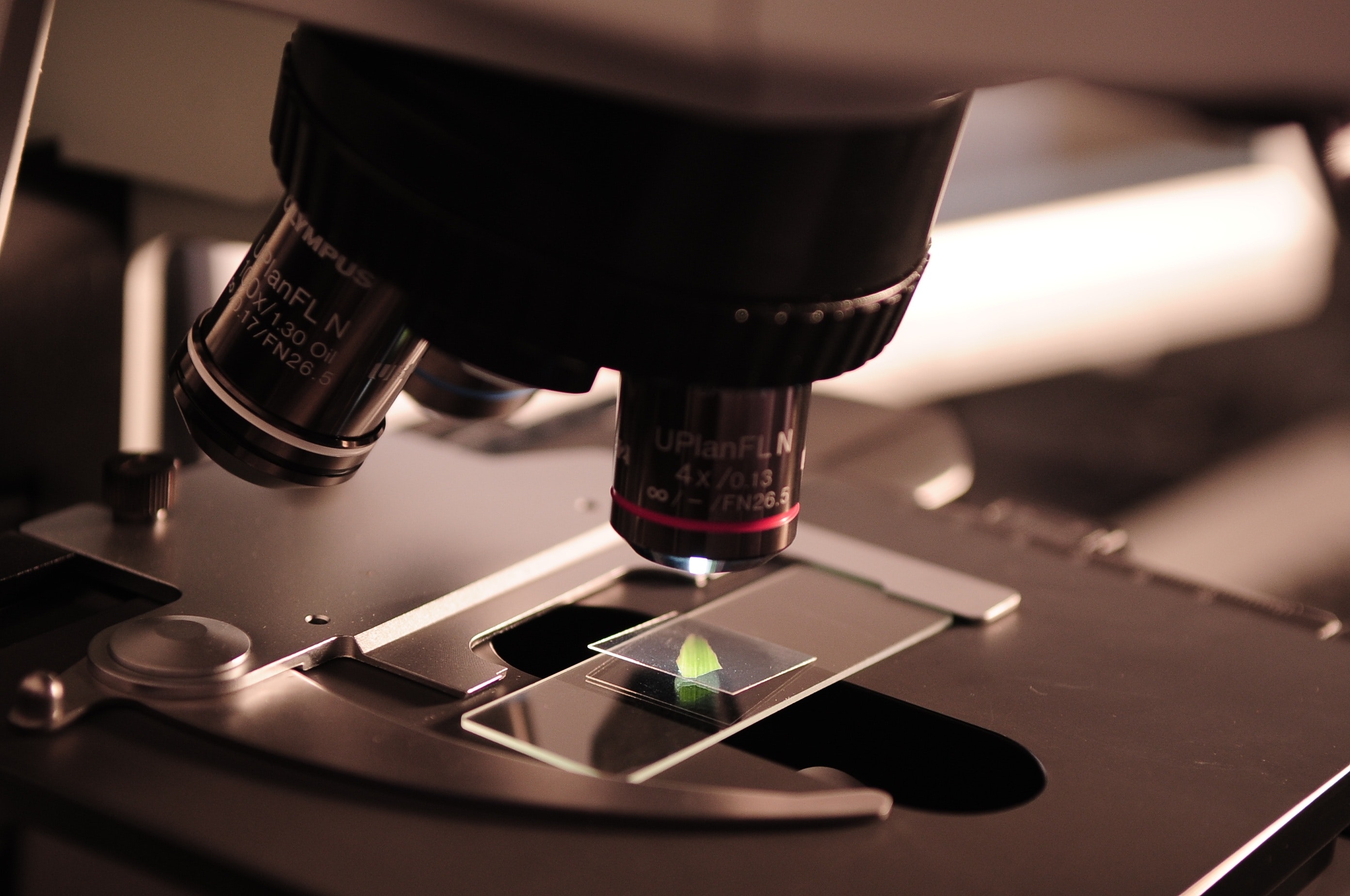

how much space would one need to generate enough water for say, an average household in South Korea?
Alright, here are some “back of the envelope” calculations based on the information available. I hope I don’t screw anything up, and please ignore my utter disrespect for significant figures.
The Mayo Clinical says that the average person needs about 2.7-3.7 liters of water per day. Normally, this comes from both food and beverage, so how much of that you actually need to drink is going to vary depending on your diet, but let’s assume worst-case scenario, where all of your water comes from this device.
Given the stated output, and the fact that water conveniently has a density of 1kg/L, it seems that you’d need anywhere from 9-18kg (20-40lbs) of MOF to produce enough water for one person per day if this was your only source.
(1kg MOF/0.285kg water * 1kg water/1L water * 2.7L water/person = 9.5kg MOF/person)
(1kg MOF/0.210kg water * 1kg water/1L water * 3.7L water/person = 17.6kg MOF/person)
ArcGIS says the average household in South Korea is 2.4 people, so now we’re at 22.8-42.2kg (50-93lbs) of MOF to meet the water requirements.
I have no idea what the density of MOF is, so I don’t know how much space this would take up. Metals vary significantly in density, but we can look at Aluminum (2600kg/m^3) and Lead (11,300kg/m^3) to get some idea of range.
22.8kg * 1m^3/2600kg = 0.00877m^3
22.8kg * 1m^3/11,300kg = 0.0020m^3
42.2kg * 1m^3/2600kg = 0.0162m^3
42.2kg * 1m^3/11,300kg = 0.0037m^3
I’m struggling to come up with “real world” equivalents to help you visualize the volumes. The smallest one is a sphere about 16cm (6.3in) in diameter. The largest one is a sphere about 31cm (12.2in) in diameter.
Obviously, the device wouldn’t be a sphere, and it wouldn’t be made of just MOF. The diagram showed a tube of MOF wafers surrounded by a container, but that should give you a very basic idea of the materials required. Again, this is all assuming I didn’t make any mistakes, which feels like a bold assumption at this point.

I wish guidance on when to get a booster shot was more prevalent. I remember them pushing the first 3 rounds at various intervals, but it wasn’t too difficult to follow if you were paying attention. Now it’s just “get your COVID shot”, but little-to-no mention of how often.
I know it’s complicated, depending on if you’ve been vaccinated before, and which version(s) you got. It seems that, assuming you’re an adult who has been vaccinated up to this point, it’s now just an annual shot like the flu, but the CDC page mentions “the updated shot” with a long list of notes about when various versions were updated. It would be nice if it was just “if your last vaccination was more than X months ago, it’s time for another”.
I guess, if you have questions, the general advice of “talk to your doctor” applies.